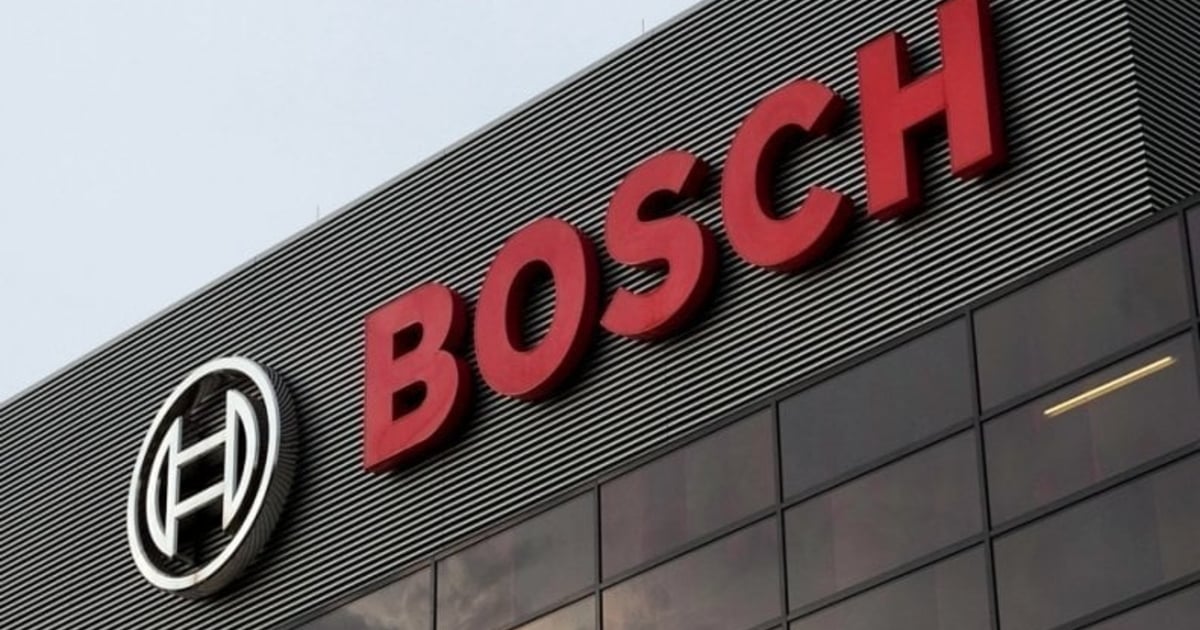
Bosch is reorganizing its Mobility Solutions business sector, giving it more autonomy within the huge supplier’s corporate structure, and forecasting a surge in revenue to 80 billion euros ($88 billion) by 2029.
The unit will be called Bosch Mobility, and will be led by Markus Heyn, who has been chairman of Mobility Services since January 2022, the supplier said Thursday in announcing 2022 results and forecast for 2023.
The change will be effective Jan. 1, 2024.
For 2023, Bosch expects 6 percent to 9 percent revenue growth from 88.2 billion euros in 2022 and an EBIT (earnings before interest and taxes) margin of 5 percent, up from 4.3 percent in 2022. The main growth drivers will be the cars and heating systems businesses, Bosch said.
CEO Stefan Hartung said new business in both areas is a result of the transformation of energy systems to protect the climate creates.
The 2022 figures represented an across-the-board improvement over 2021, when revenue was 78.7 billion euros, with EBIT of 3.2 billion euros and a margin of 4 percent. The company reported preliminary figures in February.
Of Bosch’s’ 2022 revenue, Mobility Solutions accounted for 52.6 billion. Sales were up by 16 percent, with margin at 3.4 percent versus 0.7 percent in 2021.
“Despite chronic chip shortages and only weak growth in automotive production, we were able to considerably increase our mobility-related sales,” CFO Markus Forschner said in a release. “And we too were forced to adapt our prices to increased costs.”
Bosch is not a publicly traded company, with 94 percent of share capital held by Robert Bosch Siftung, a charitable foundation.
Bosch is ranked No. 1 on the Automotive News list of the top 100 global suppliers, with worldwide sales to automakers of $49.14 billion in 2021.
Bosch Mobility’s growth engines will include automotive software, which Bosch says has been growing by “double digits” in recent years, and is expected to have a global market value of 200 billion euros by 2030, three times what it is now.
“For some time now, Bosch has also seen itself as a mobility software company. Now, in response to customer requirements, our structure is changing to reflect this and to open up further growth,” Heyn said in a statement.
Bosch says the reorganization of its mobiity business will help various units work together better and faster, citing the example of a new vehicle stabilizing system can reduce braking distance. The system is based on Bosch’s own vehicle dynamics control software, as well as its braking control hardware.
Bosch Mobility will be the largest of Bosch’s four business units, in addition to energy and building technology, industrial technology and consumer goods. It will have seven divisions:
- Electrified motion, from electric axles to even seat adjusters;
- Vehicle motion, such as steering and ABS and traction control;
- Power solutions, including internal-combustion and hydrogen technology;
- Cross-domain computing solutions, for automated driving and parking
- Mobility electronics, for ECUs and in-house semiconductor activities
- Mobility aftermarket
- E-bike systems
- ETAS, for “hardware agnostic” software for operating systems and engineering tools